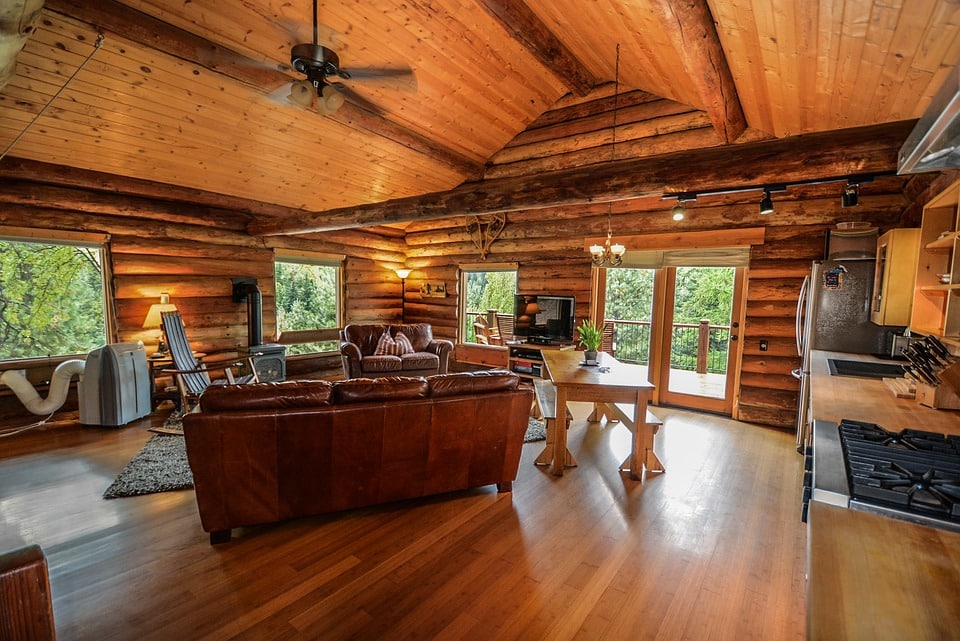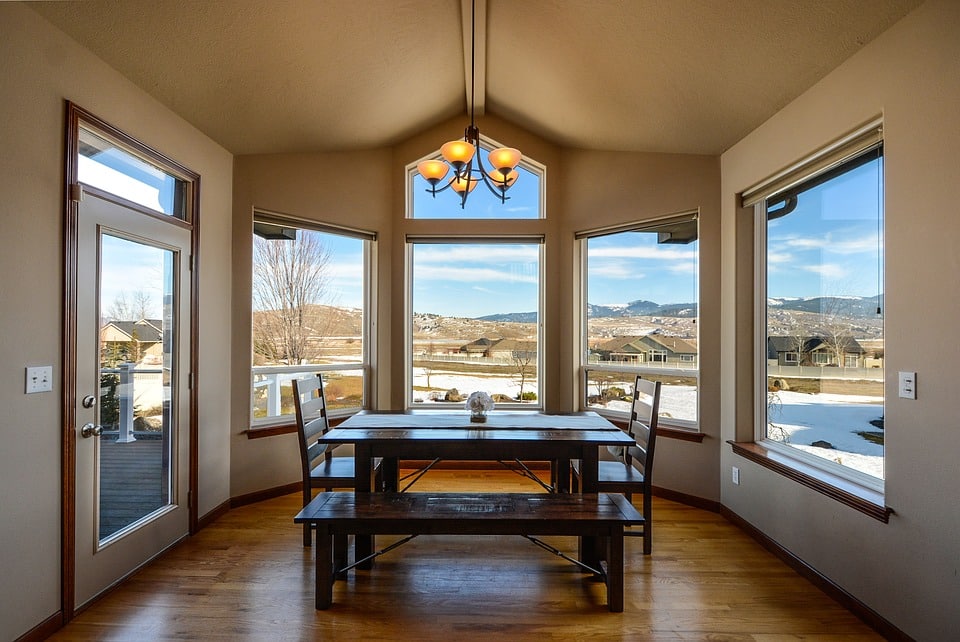Adding Skylights to a Minnesota Home
Skylights in Minnesota Homes
The benefits of skylights in a Minnesota home are incredible. There are many positive aspects of adding skylights to a Minnesota home like extra daylight into your home, added value, energy efficiency, and an overall exclusive look. Health benefits are also enhanced by receiving regular doses of sunlight and fresh air because a skylight provides an increased amount of light into your home. The Minnesota winters can get very long and depressing for some, and it is known that an insufficient amount of sunlight can lead to Seasonal Affective Disorder (SAD).
By adding a skylight to your home, it can generate more optimistic feelings from the natural light entering your home. Lighting plays an enormous role in the feel and livability of a room. By adding supplementary light, the dynamic of an area is changed in an encouraging way. If you are looking for an improvement in your home, consider adding skylights for energy efficiency and boost mood with the natural sunlight.
There are many benefits of installing a skylight to your Minnesota home. Skylights provide natural sunlight to any room with UV deflection and protection which is incredibly important. They evenly distribute natural sunlight to the area of your home and add aesthetic appeal. It is imperative to take a look at overall energy factors with skylights. Artificial light is one of the leading sources of energy consumption in buildings. On average, artificial light accounts for 40% of a building’s total energy. Adding skylights can drastically reduce overall energy costs with daylighting. This is an immense advantage of skylights.

Skylights are designed in numerous shapes to fit any type of area of a Minnesota home. Some skylight shapes are rectangular, circular, oval, diamond, triangular, multi-sided, tubular, and more. When analyzing what type and shape of skylight your home needs, think about what type would work best and where to place it to improve your home’s energy efficiency. The physical size of a skylight mainly affects the illumination level and temperature of the space below it. Normally, a skylight should not be more than five percent of the floor area in rooms with many windows and no more than fifteen percent of the room’s total floor area for spaces with a smaller quantity of windows.
Consider the positioning of a skylight to take complete advantage of daylighting and/or solar heating potential. The location of a skylight directly affects your home temperature and daylight illumination. If the skylight is north-facing, it will provide fairly stable but cool illumination. East-facing will offer maximum light and solar heat in the morning. West-facing will give afternoon sunlight and heat gain. A south-facing skylight will supply the most potential for winter solar heat gain. However, a south-facing skylight often allows for unwanted heat gain throughout the summer.
Adding a skylight to your Minnesota home can provide great benefits and energy efficiency. When thinking about your next home improvement project, consider adding skylights.

